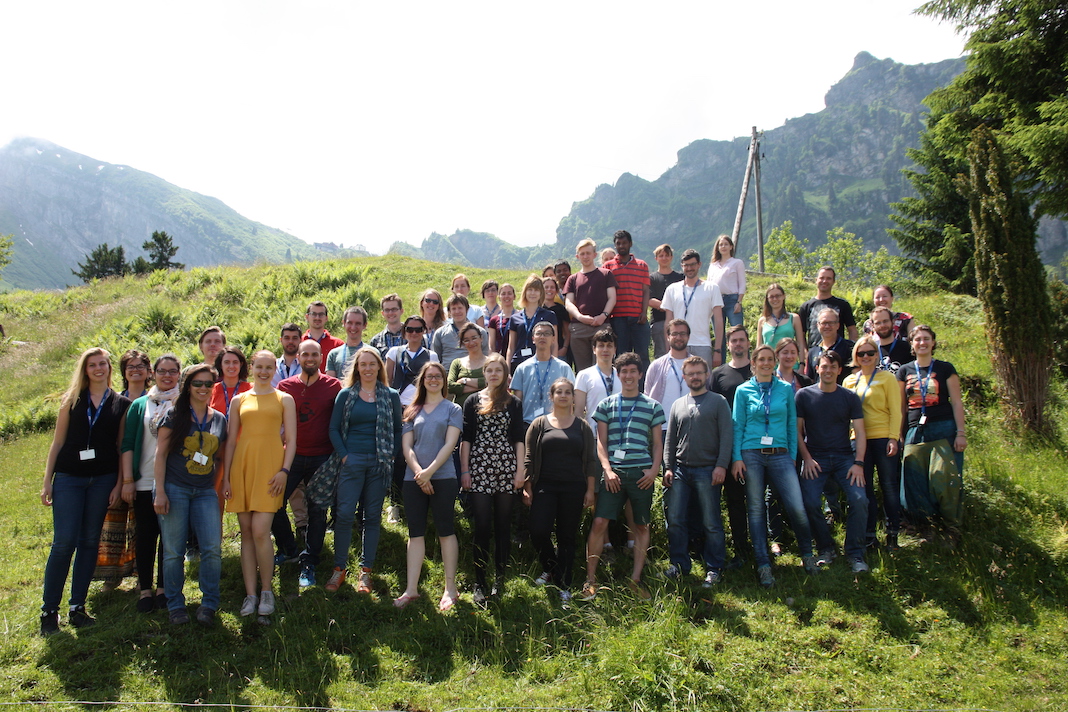In June this year we organised the first Taming the BEAST workshop, surrounded by the Swiss Alps, in Engelberg, Switzerland. The idea of holding a BEAST 2 workshop has been brewing for a while, motivated by the need for a Bayesian phylogenetics workshop that is focused on BEAST 2 and facilitates exchanges between developers and (both current and future) BEAST 2 users. During the workshop we realised that the materials we created and assembled for the workshop represent a very useful resource and that we could reach many more users by making them available to the community.

Originally we intended to simply release the tutorials and lecture slides in a single GitHub repository. However, after some discussions, we decided to build a Taming the BEAST website. The website provides a user-friendly front-end that collects tutorials, lecture slides and more in one location. To start, we have collected all of the tutorials from this year’s workshop on the website (a couple are still missing, but they will be uploaded soon). Behind the scenes each tutorial lives in its own GitHub repository, where it’s bundled along with all of the supporting data files and scripts needed to run the tutorial. We’ve also bundled example XML and output files with each tutorial. Although everything is available on a GitHub repository, there are also links to all of the files on the website.
All tutorials are available as PDF files from the website. We have started converting some of the tutorials to Markdown, which can be more easily displayed in a web browser. So far, three tutorials have been converted:
We hope that with time we will be able to convert all tutorials to Markdown. Don’t worry if you want to print or download tutorials - PDFs of tutorials will always be available! (At present there is no PDF tutorial for the Structured birth-death model, but this will be uploaded shortly).
Since tutorials are stored on GitHub, it is easy for anyone in the community to contribute to Taming the BEAST. Because each tutorial is stored in its own repository the website is robust to changes in any single repository. We hope that the community will play an active role in curating the tutorials, either by updating or correcting existing tutorials, or by contributing new tutorials. For instance, someone who has developed a new BEAST 2 package can add a tutorial for the package to Taming the BEAST, where it will be accessible in a central location, along with other BEAST 2 tutorials, making it easier for BEAST 2 users to become familiar with the package.
We hope that the website will serve as a central repository that collects BEAST 2 teaching resources in one central location. The resources on the website are not only useful for individuals who want to learn how to use BEAST2, but also as a teaching aid, for workshops or even regular university courses.